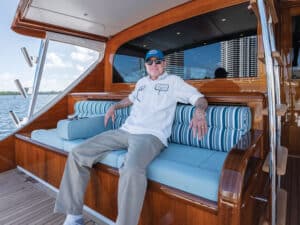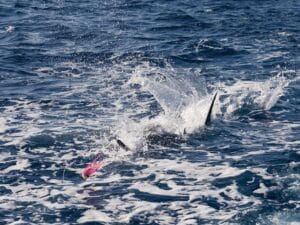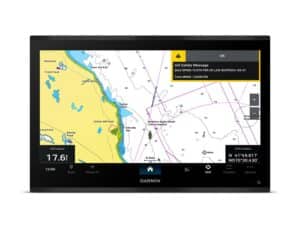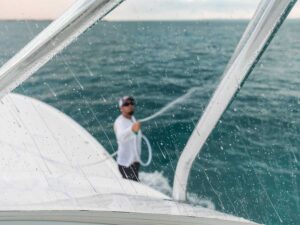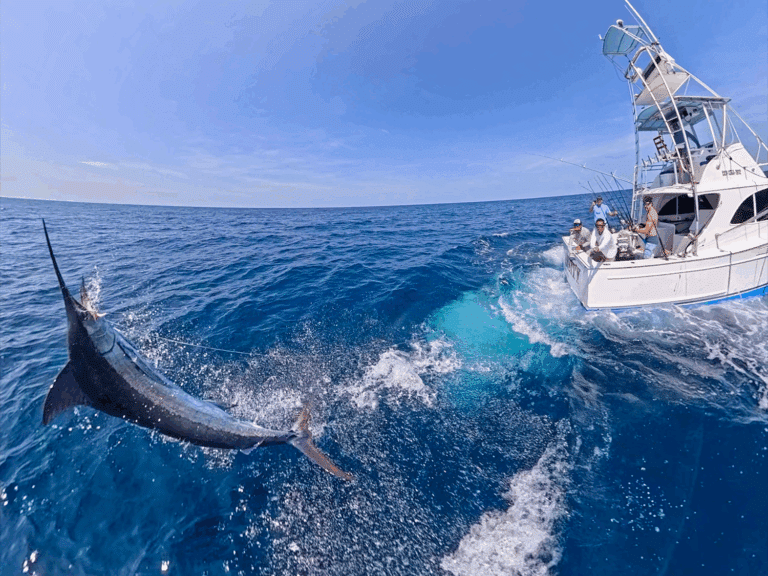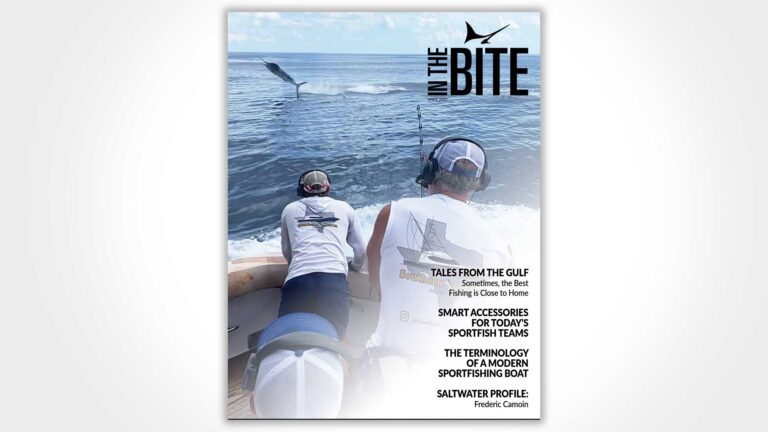Q: What single piece of electronics has changed the way you fish?
Capt. Max Morris, Whoo Dat
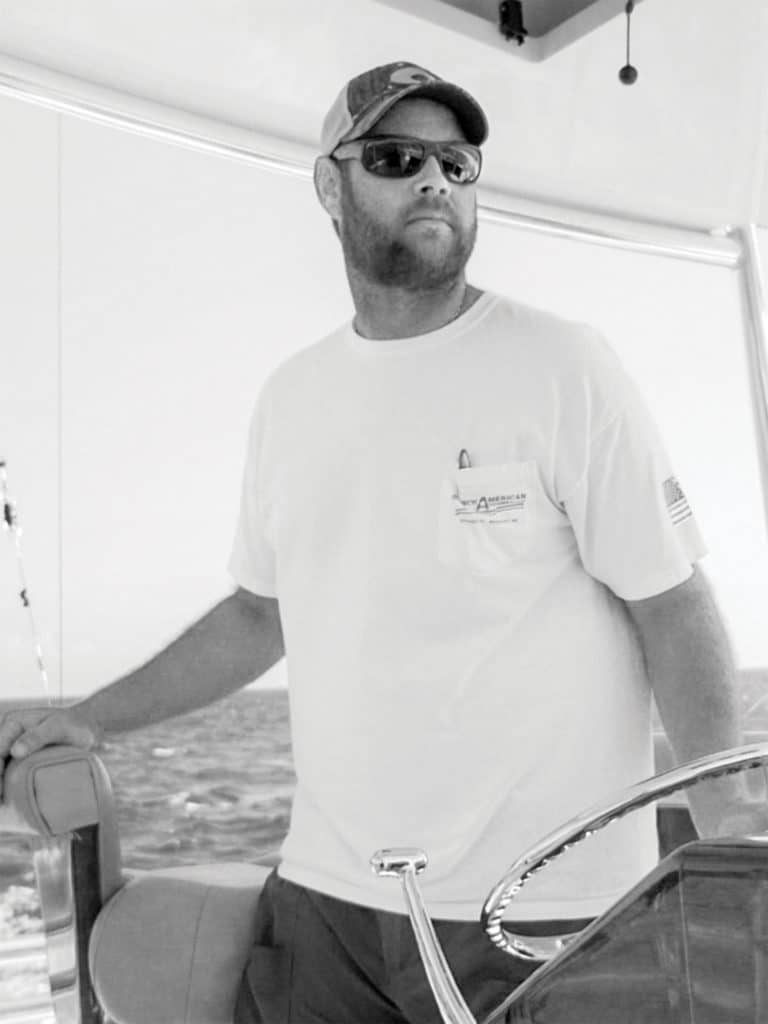
The CHIRP bottom machine has absolutely changed my perspective as a professional captain. The ability to have definitive marks of both bait and, more importantly, individual or multiple marks of billfish or tuna allows me to target a very specific and precise area. This is especially productive when fishing the FADs in the Dominican Republic and the rigs in the Gulf of Mexico. The ability to target and stay with a mark has, hands down, improved our numbers, and it’s taken a lot of the guesswork out of what I am actually seeing on the machine.
Capt. Ryan Higgins, Viking 70
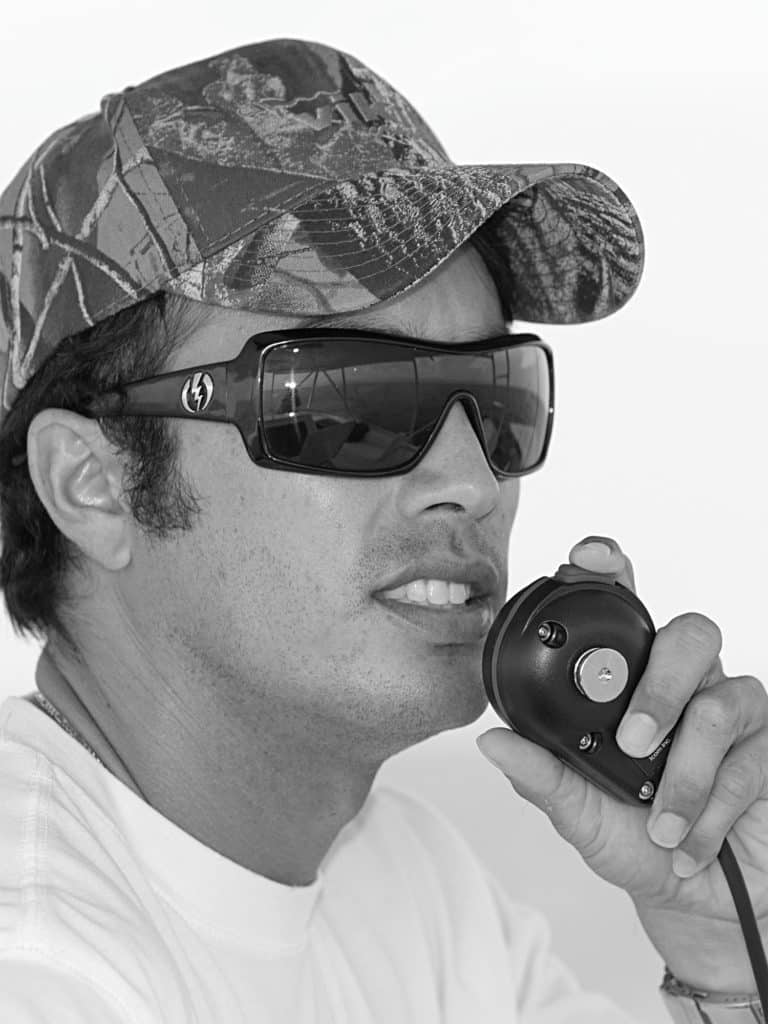
In the Northeast, it’s all about finding filaments of warm water pulling away from the Gulf Stream. Conditions change quickly, and we also have a large area to cover. Over the past several years, I’ve equipped Viking’s demo boats with a Garmin 8212 chart plotter paired to the Garmin GXM 51 weather receiver. This option gives me a very good up-to-date sea-surface-temperature overlay right on the multifunction display. The key is tuning the temperature ranges on both the low and high ends to match the current conditions you’re fishing. This single piece of equipment has bailed me out on several occasions over the years in locating productive areas to fish.
Capt. James Smith, Dragin Fly
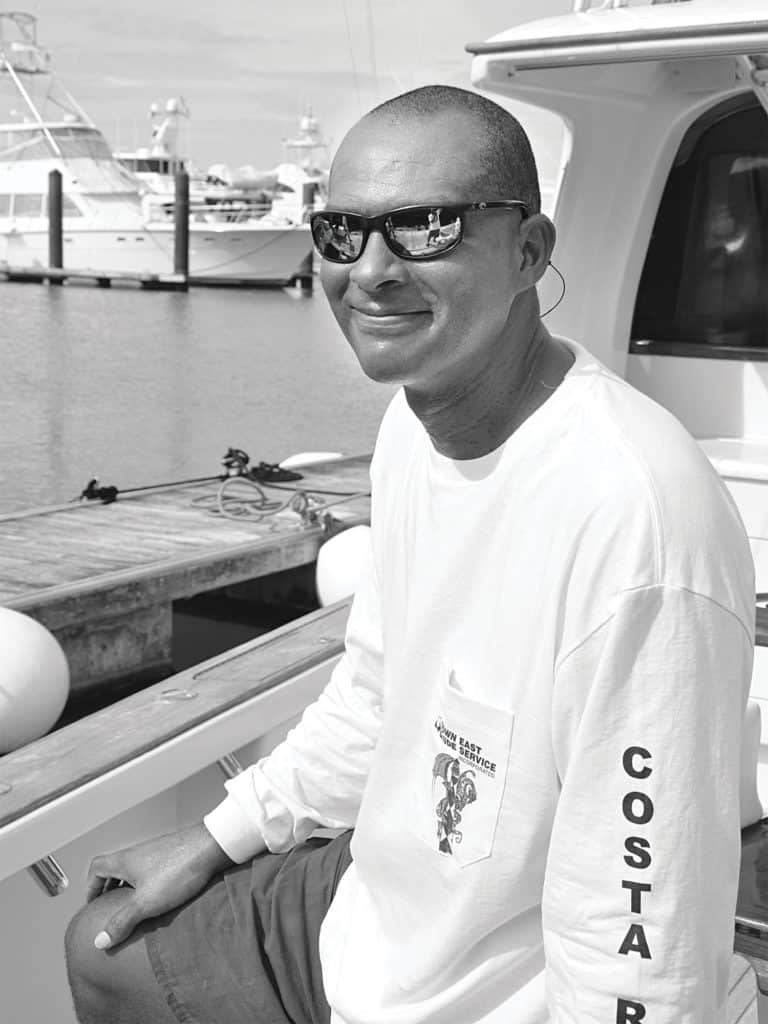
We upgraded our electronics with a new “bird radar” on Dragin Fly: a Furuno NavNet vx2 25kW unit. We can pick out large flocks of birds over porpoises and tuna up to 12 miles away, but sometimes picking up the smaller groups of birds is more important. The very faint blips on the radar can lead the way to the smaller birds often associated with feeding sailfish here in Costa Rica. We also rely on a good pair of stabilized binoculars (we use a pair from Fraser-Volpe) to help identify different kinds of birds and how they are behaving from up to about 4 miles away.
Capt. Ben Sharpe, Man-E-War
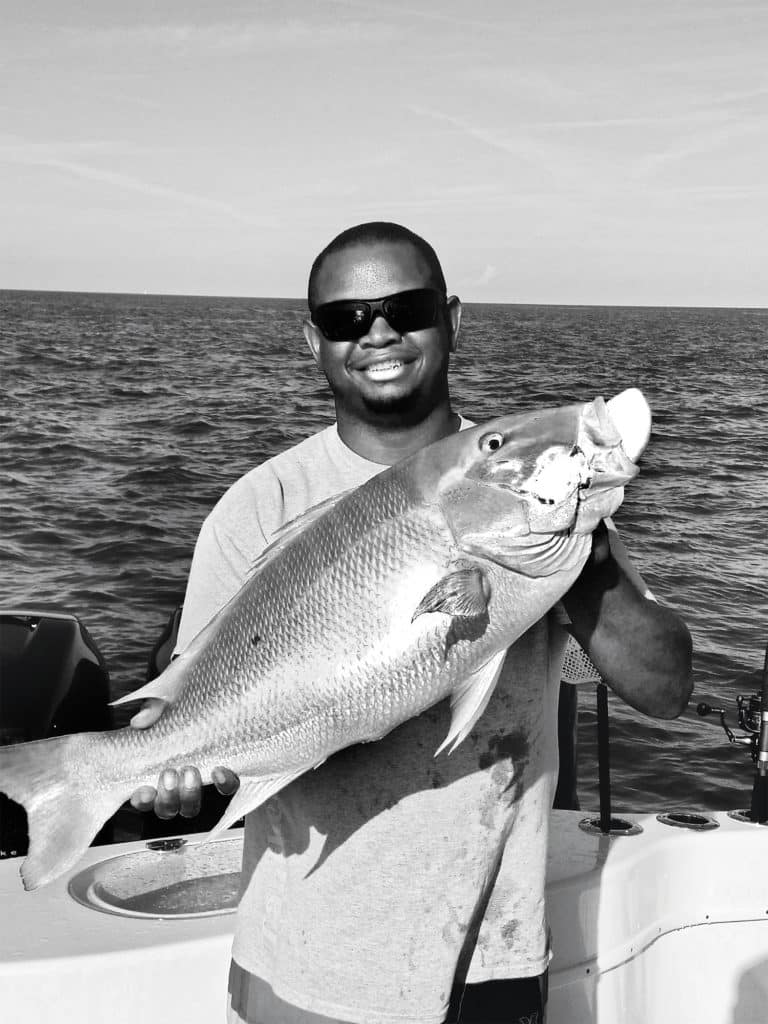
It would be the smartphone. In the past, we always did a lot of research on the conditions before we left the dock, but that information was available only in the morning. Now, there are so many weather and oceanography apps available that can help you make better decisions when conditions are changing throughout the day. There is nothing like searching the Web and having up-to-the-minute information without climbing down from the tower. This technology really makes it easier as a captain to make educated decisions out on the water.
